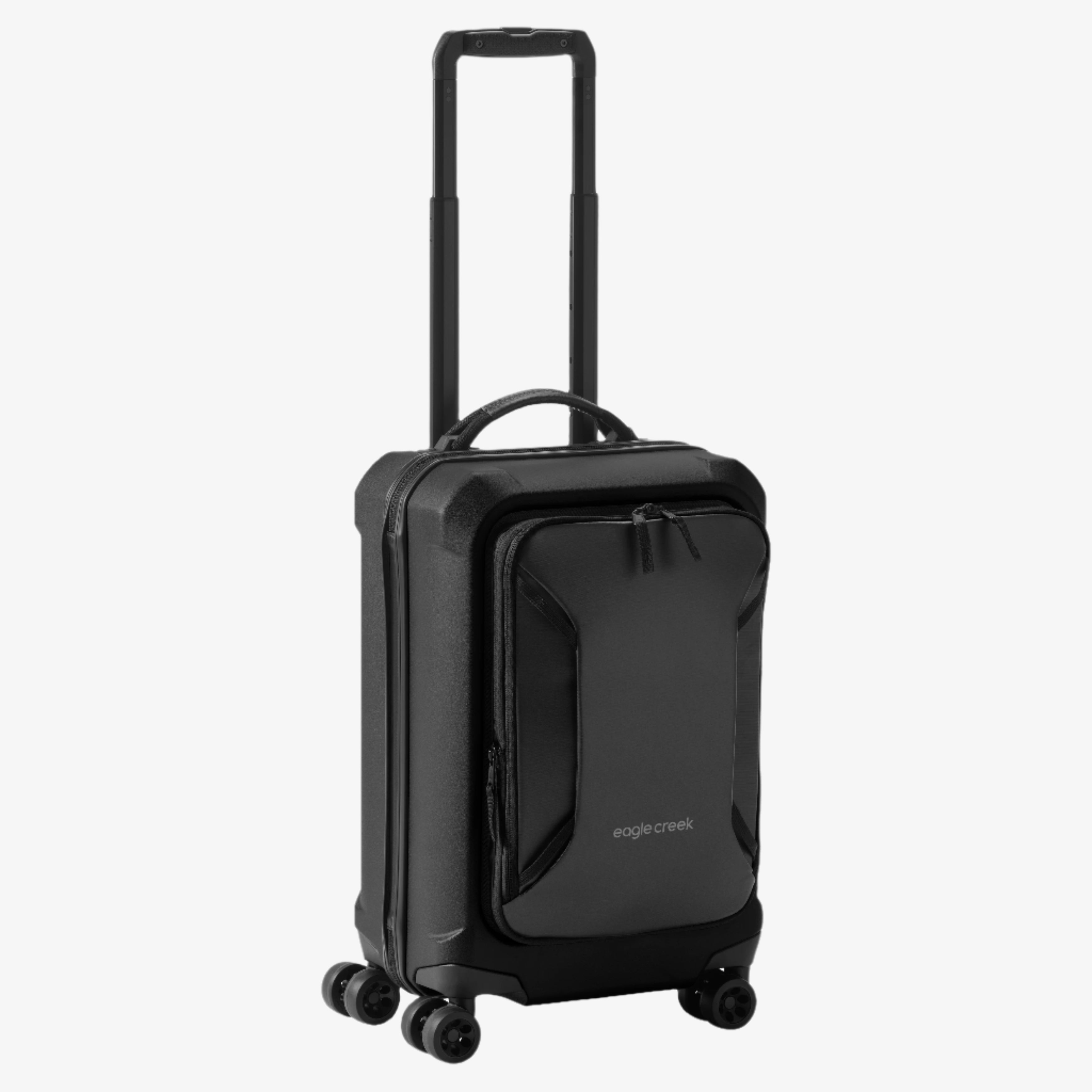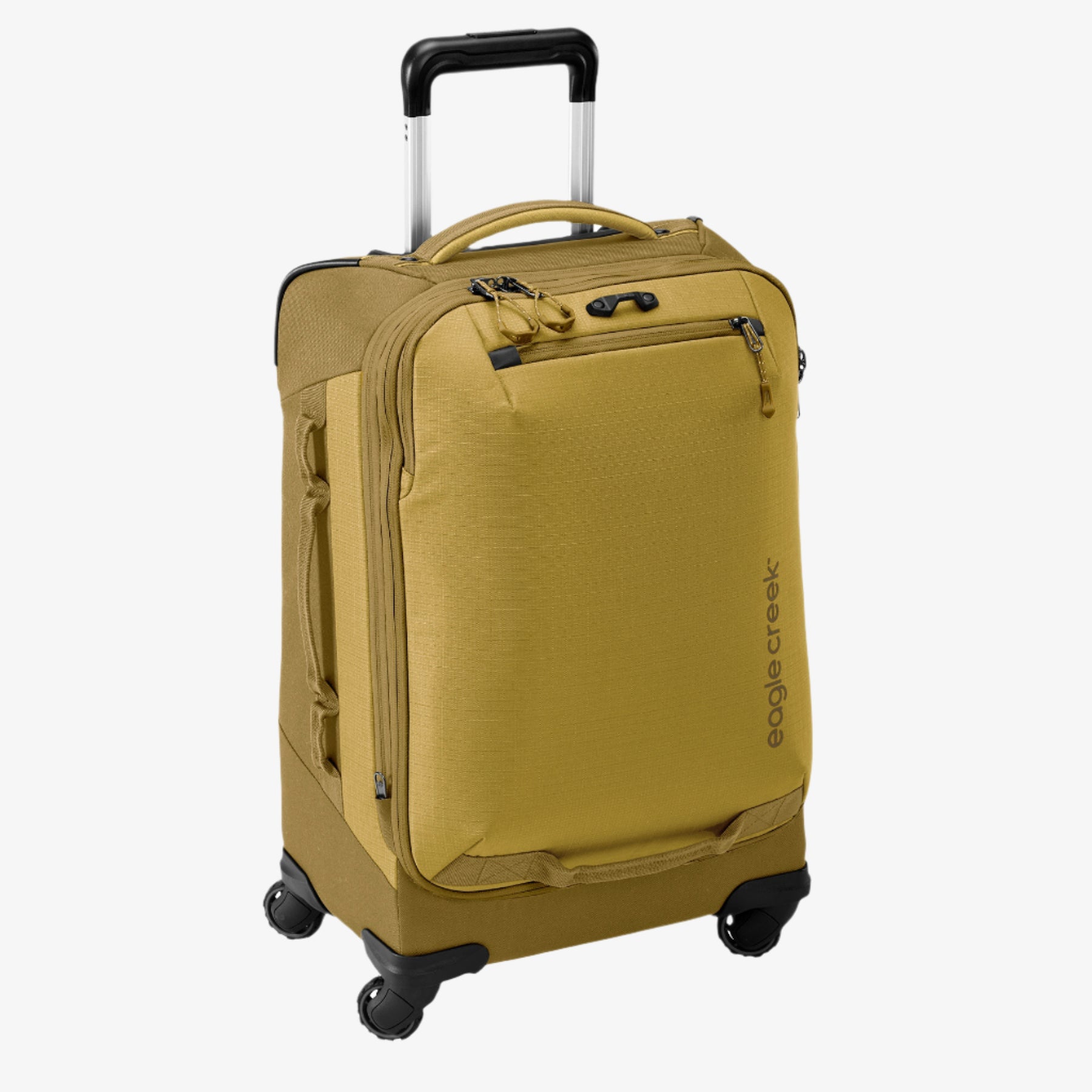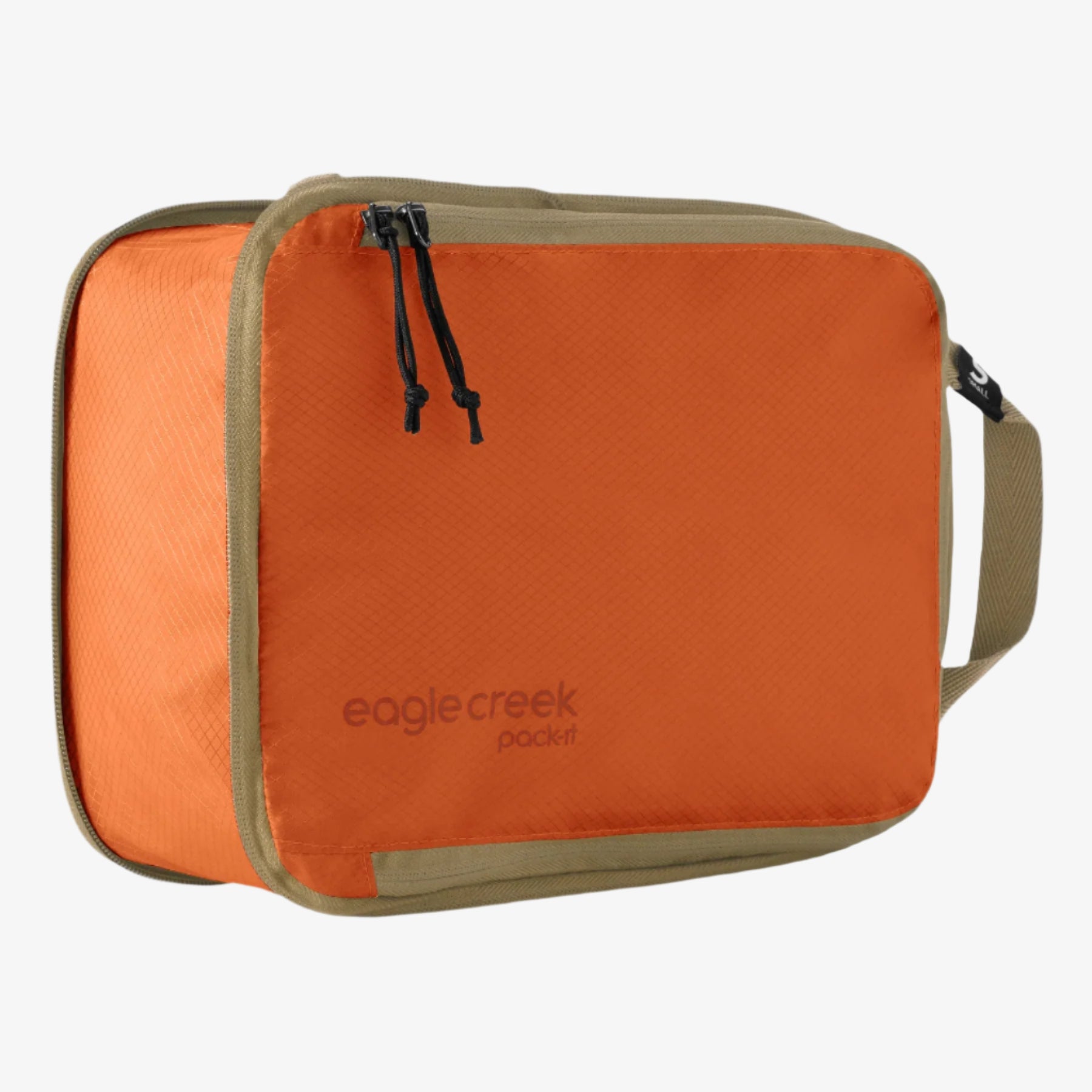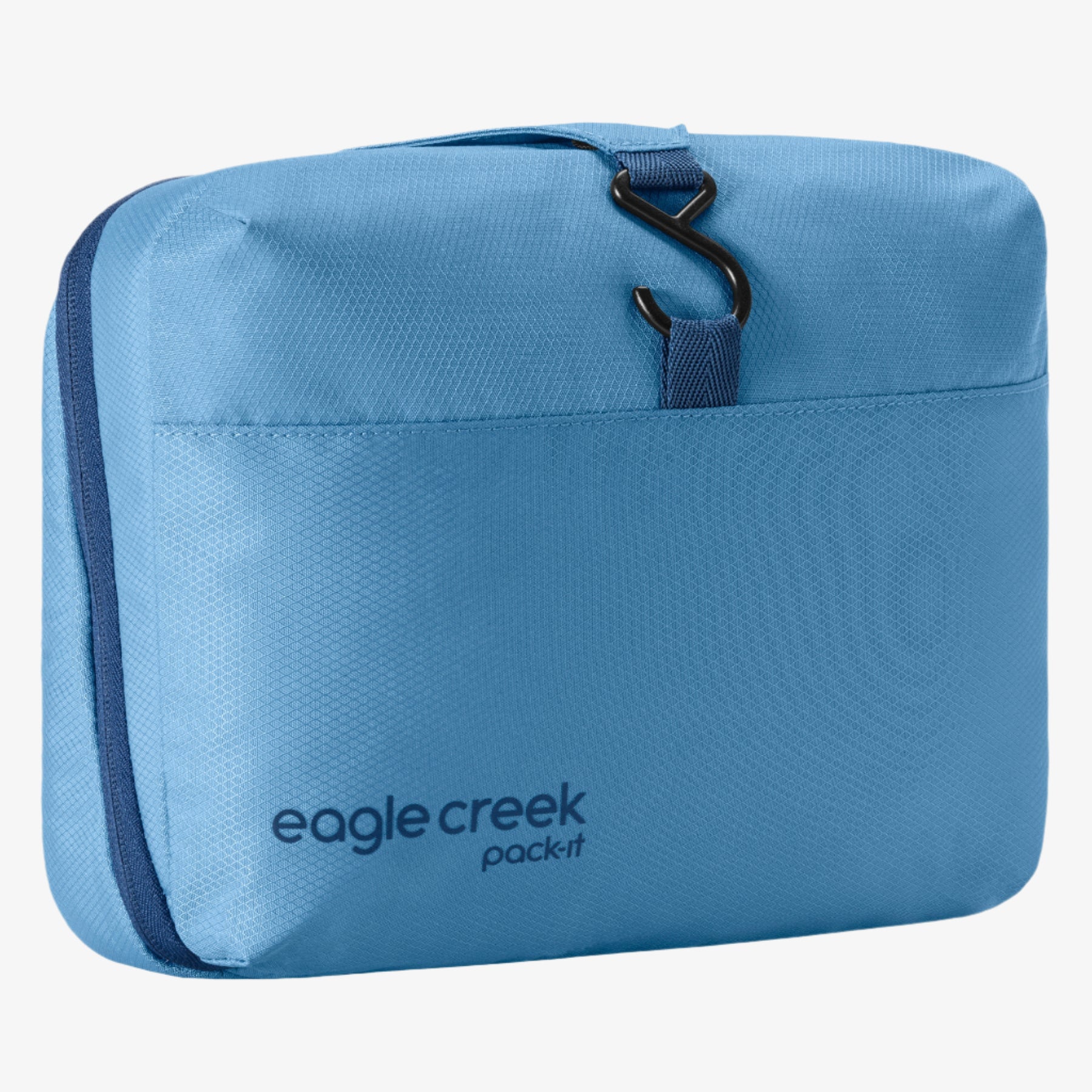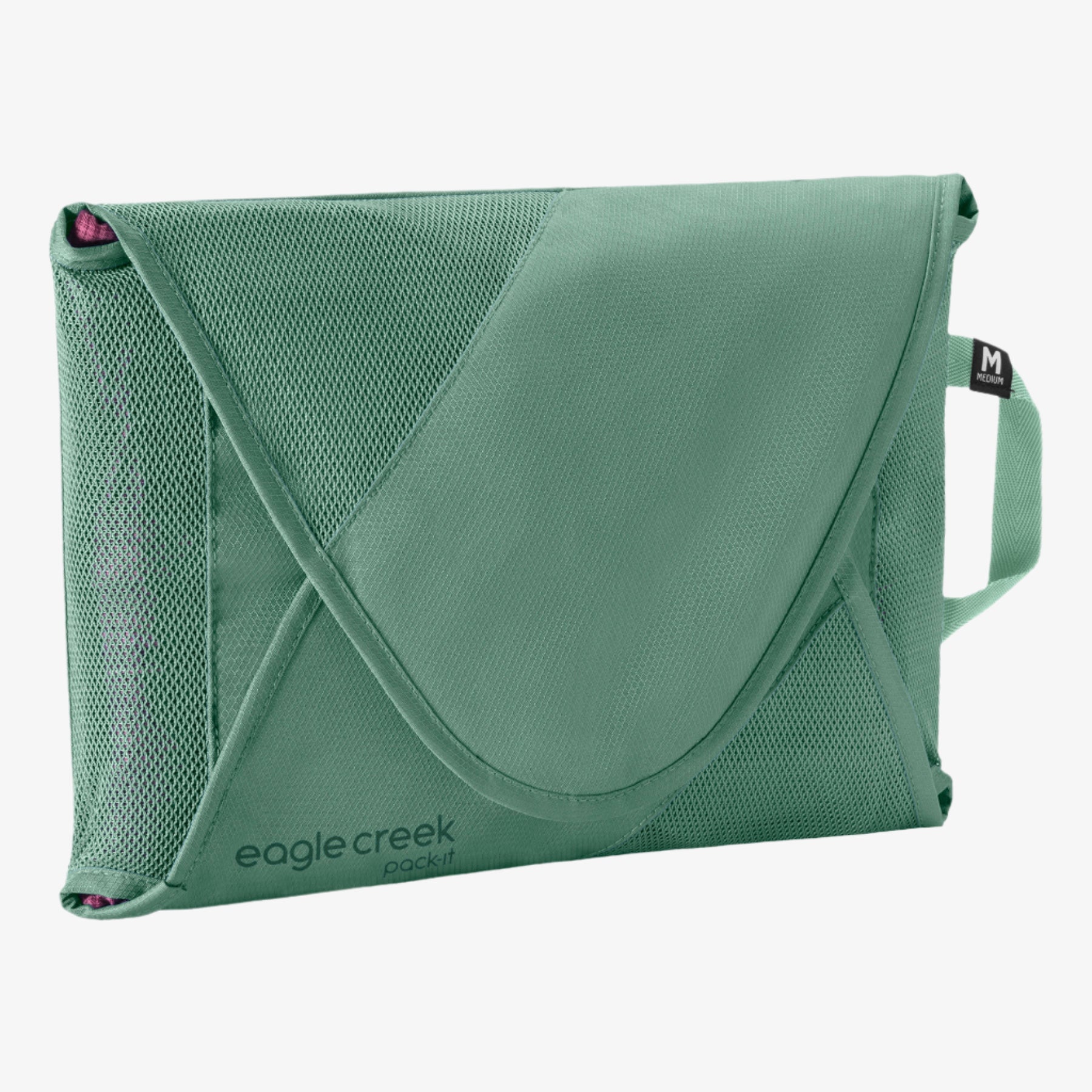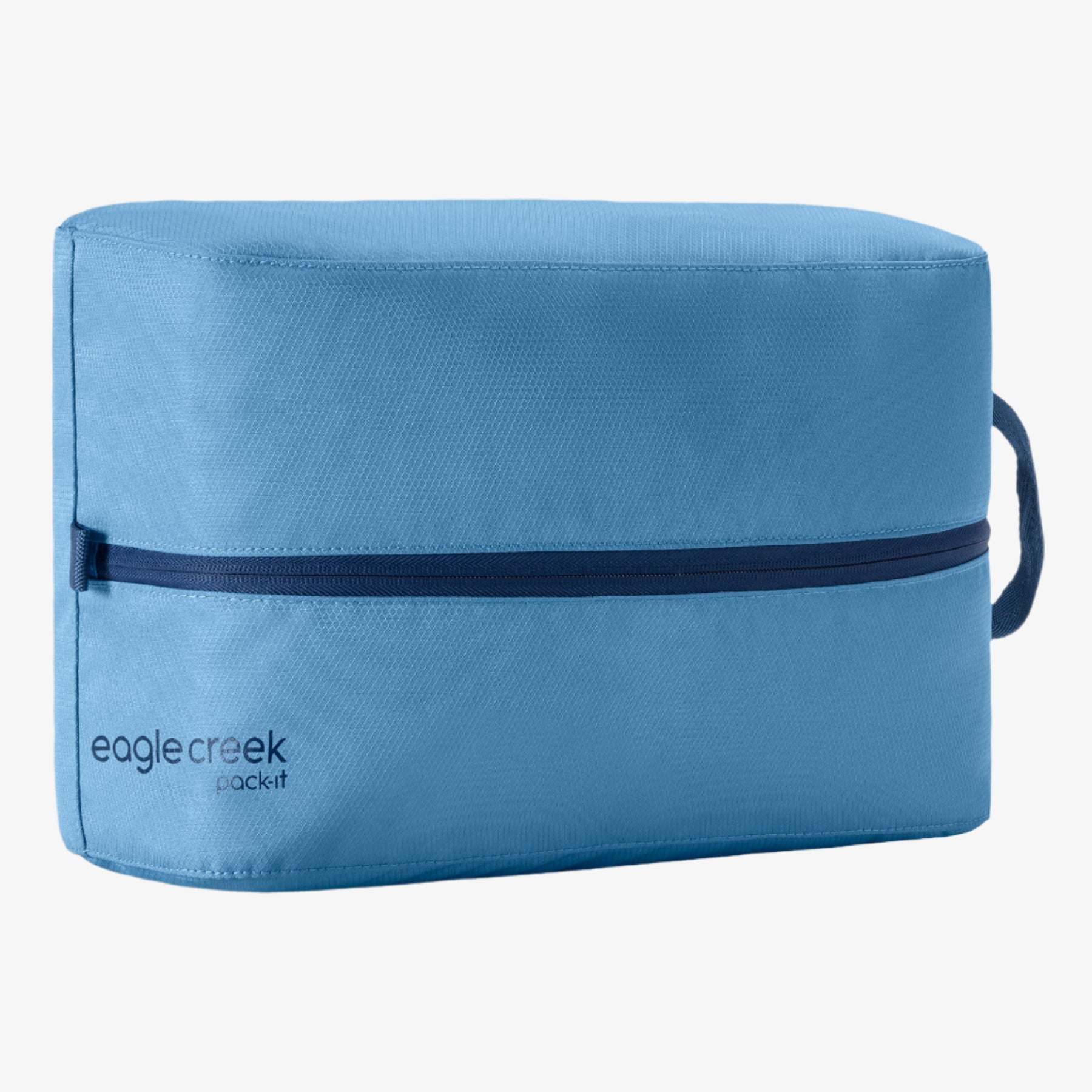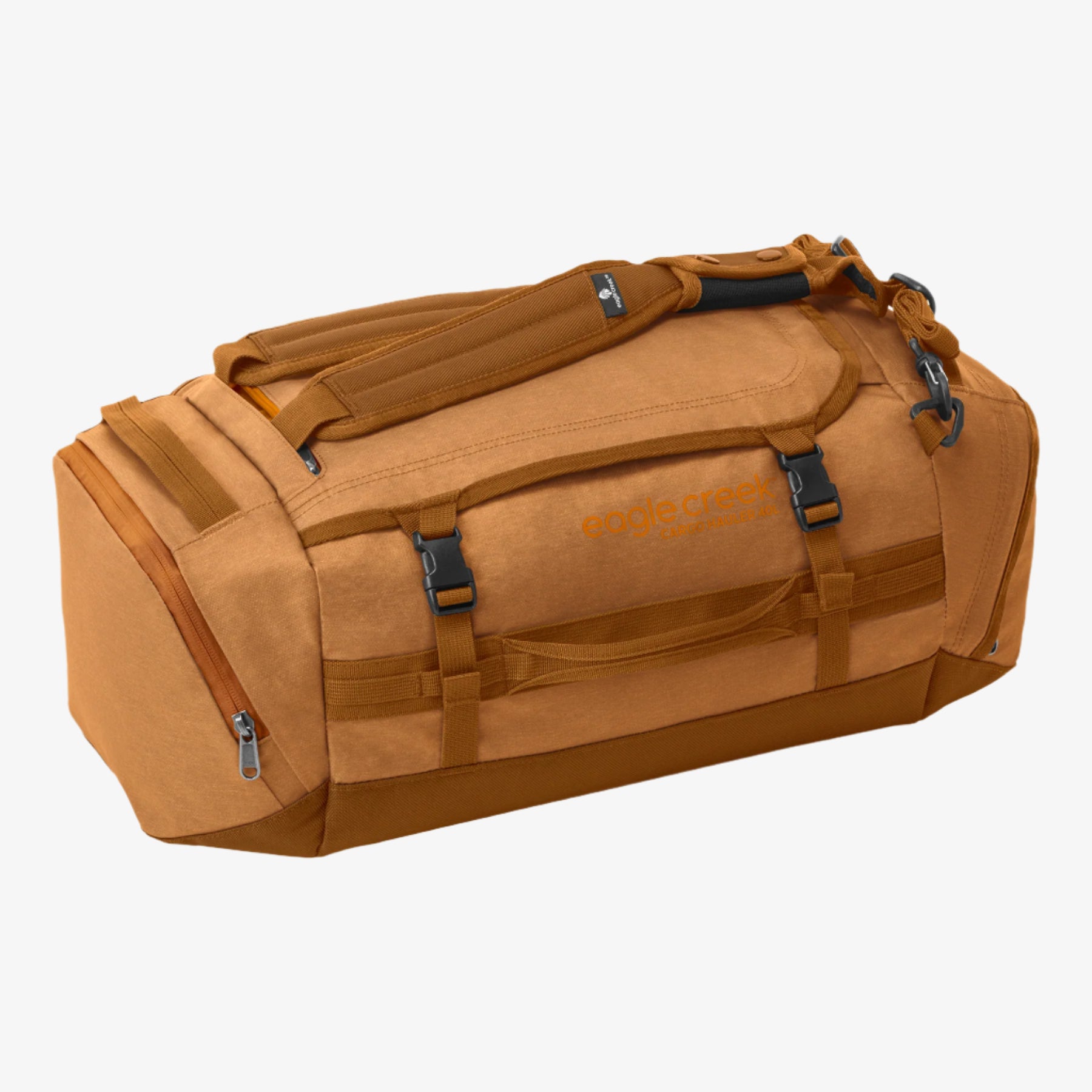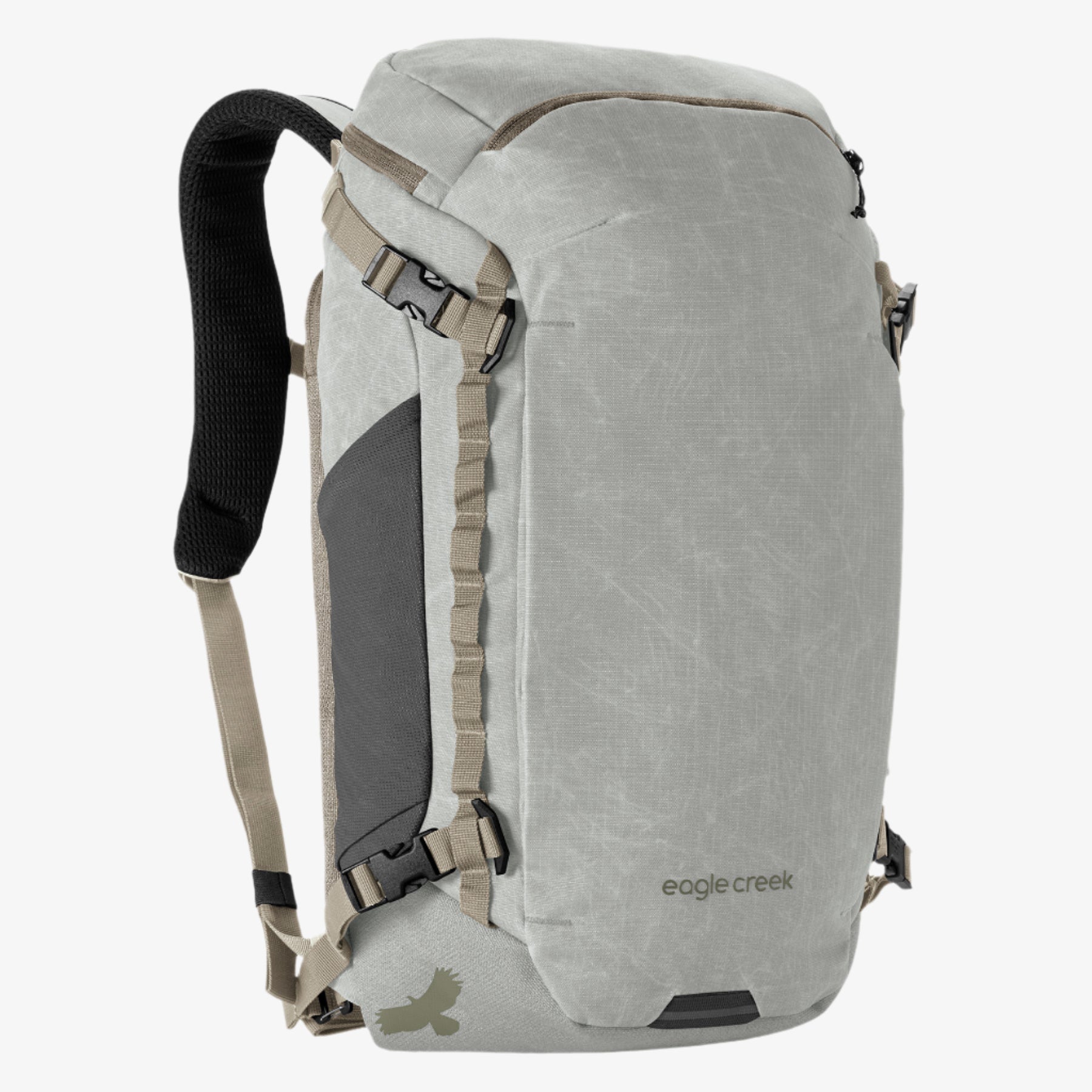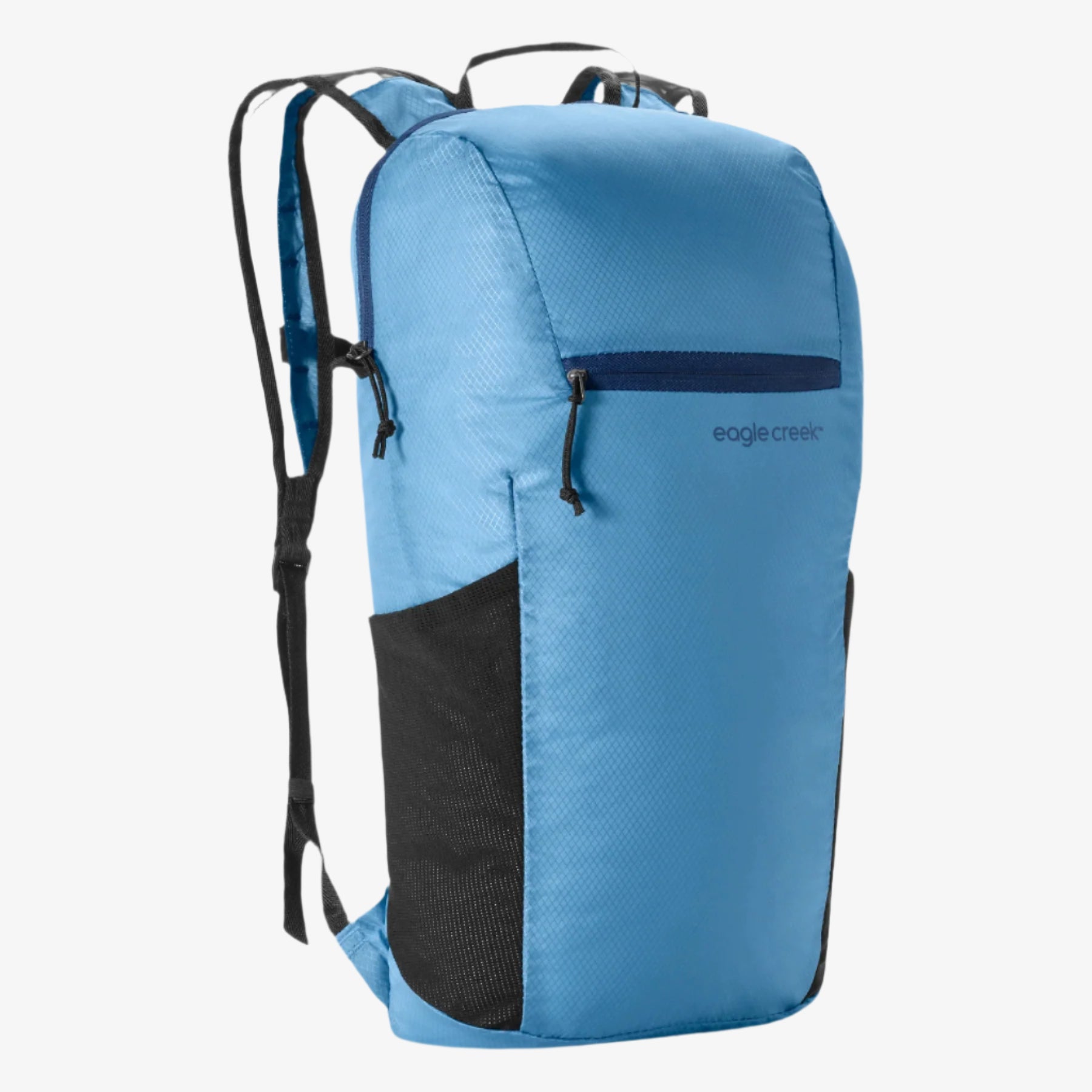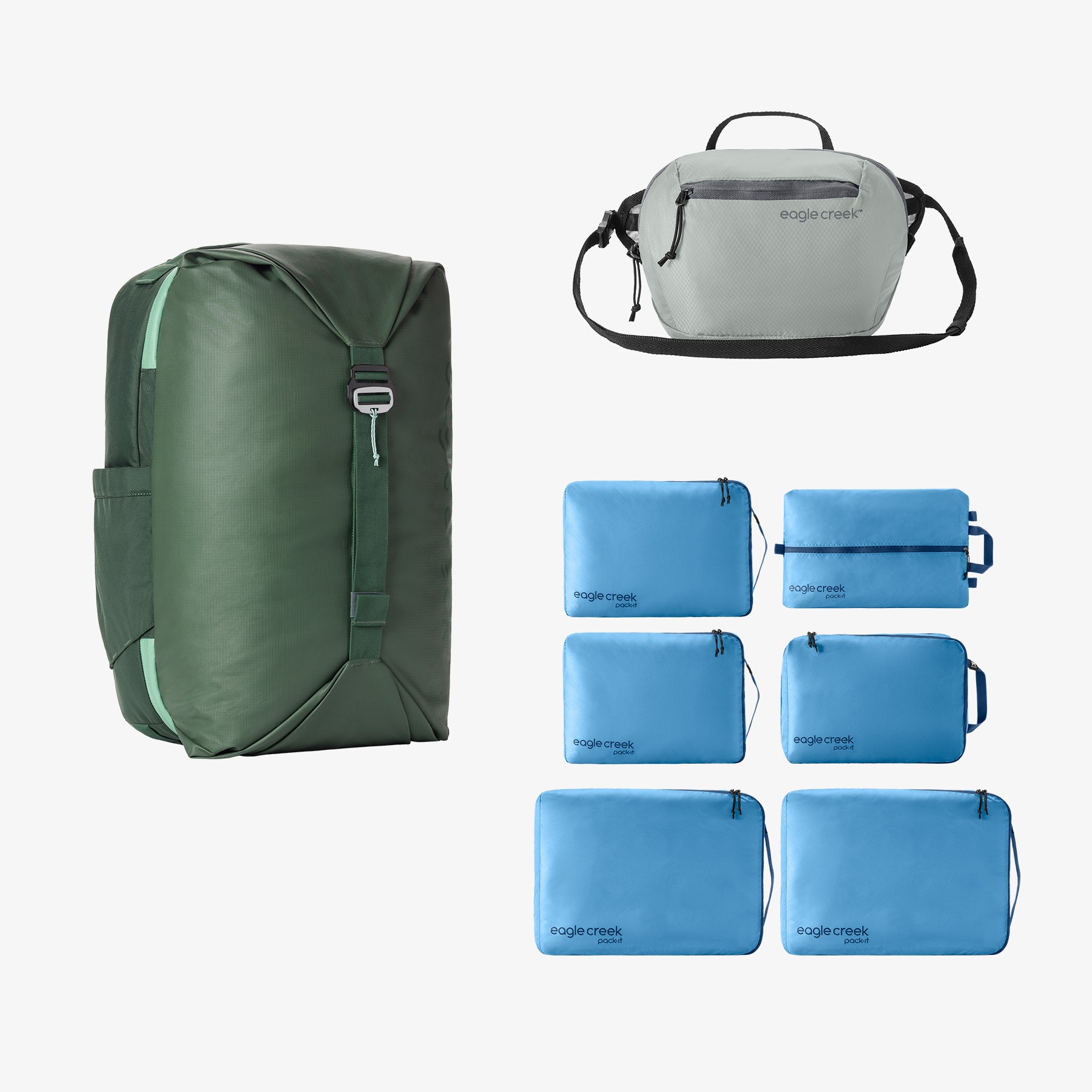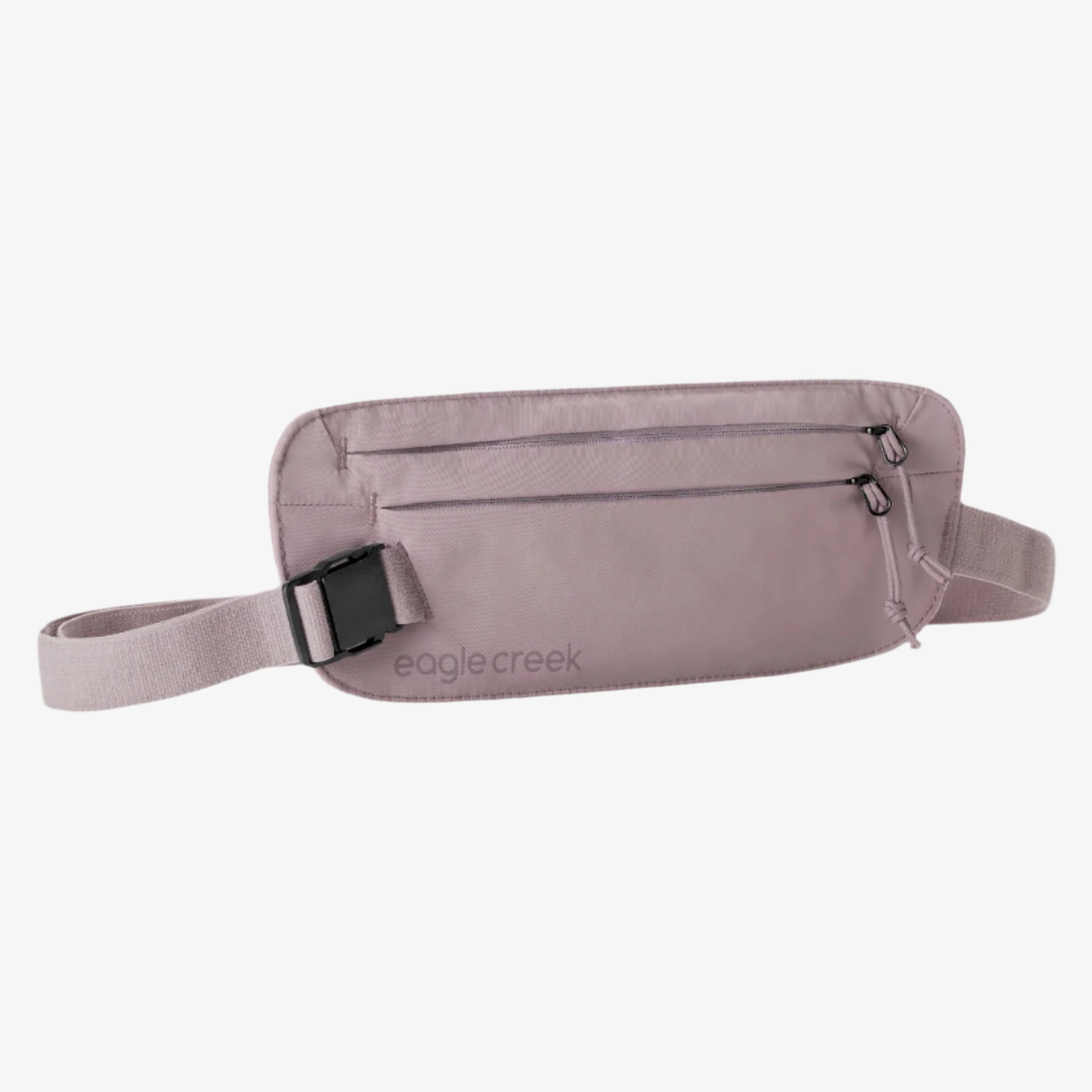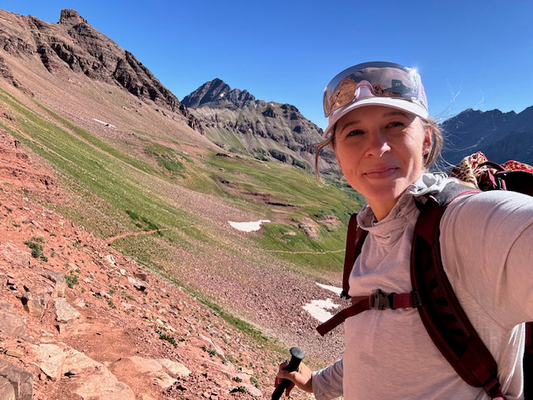4 Pre-Ski Exercises That Will Keep You Limber

Trying to avoid injury this ski season? Don't hit the slopes before doing these four essential pre-ski exercises.
Are you starting to dream about soft, white powder and snow-capped alpine escapes? Before you throw your parkas and snow pants into a Pack-It Sport™ Active Set and hit the road in search of the ultimate downhill rush, take a minute to consider your physical fitness level. Whatever your itinerary, you'll want to be flexible and strong before your trip to help prevent injury. Need help getting started? Here are four simple pre-ski exercises that will keep you limber all season. (If you have any physical conditions that limit your movement, please check with your doctor before trying these moves.)
Toy Soldiers
Flexibility is key when you’re out on the slopes. The ability to confidently navigate and react to the terrain ahead can be the difference between a safe run and finding yourself face down in the snow. Active and dynamic stretches help prepare your legs for ups, downs, twists, and turns.
Imagine that you’re a little tin soldier and, without bending either limb, extend your right arm and left leg out in front of you until they touch. Repeat with your left arm and right leg in a marching motion. Complete three sets of 10 reps on each side.
Lateral Box Jumps
Train your leg muscles to react to the mountain’s uneven surfaces with lateral box jumps that require sudden changes in direction. The goal here is to maintain excellent body control while rapidly jumping from side to side and up and down.
Start with your feet together on one side of a plyometrics box. Jump sideways with both feet together and land squarely on top of the box, then jump down to the other side. Repeat, moving in the opposite direction, and focus on jumping in a swift-but-controlled motion. Complete as many reps as you can in 90 seconds.
Once you feel confident, experiment with jumping forward and backward, challenging yourself to complete as many reps as you can in 30 seconds. If you’ll be carrying a daypack on the slopes, practice wearing it for your box jumps. Be sure to fill it with your wallet and any other gear that you’ll have with you so it's the appropriate weight.
Gym Ball Hamstring Curl
It’s important to exercise your various muscle groups equally to maintain balance throughout your body. So, after the quad-strengthening lateral box jumps, move to the gym ball hamstring curl to work the opposite side of the legs.
Lie on your back with your legs extended, your feet resting on top of a large, inflatable exercise ball, and your arms outstretched with palms on the floor. Raise your hips off the floor and engage your abs and legs to draw the ball in toward you. Hold this position for a few breaths before returning to the starting position. To further strengthen your hamstrings and glutes, lift and hold one leg before lowering your hips. Complete three sets of 10 reps.
Plank and Side Plank
A strong core is important for maintaining balance and stability while skiing. Build up your abs and improve your stamina with simple center and side planks.
For the center plank, lie face down, and then lift yourself almost all the way to a push-up position, keeping your forearms on the ground, your hands clasped, and your body straight. Engage your abs and glutes to stay elevated.
For the side-plank, start in the plank position. Shift your weight to one arm, turn to the side, and then extend the other arm above your head. Hold for equal time on each side to balance your obliques.
Start by holding each plank for 30 to 90 seconds, and as you get stronger, challenge yourself to even longer increments.
Take it easy when you first start your pre-ski training and don’t overexert yourself—or you may end up having to take time out to recover. Follow the recommended reps listed above and, as you progress, consider adding additional sets or move to a timed workout.
Do you have any other suggestions for pre-ski exercises? Share them below in the comments!
While Eagle Creek is here to provide tips and insights on travel, we cannot accept any responsibility for any potential consequences arising from the use of this information. Always conduct your own research and use your best judgment.
Related Links:
The Most Incredible National Parks to Explore in Winter
